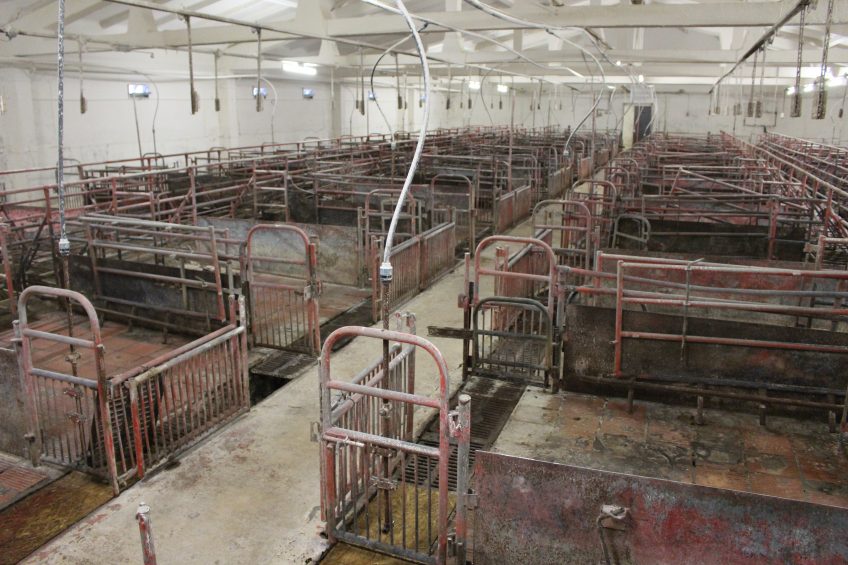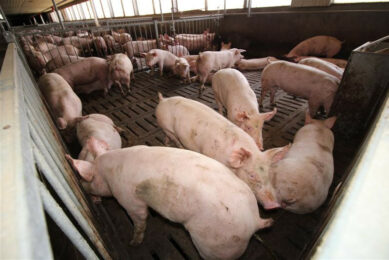ASF update: Large farms in Lithuania and Latvia affected

African Swine Fever is starting to cause problems on larger farms in various countries. Reports about outbreaks in commercial farms in Poland are now followed by infections in larger farms in both Latvia and Lithuania.
The Lithuanian State Food and Veterinary Service (VMVT) reported mid-July that an outbreak had been confirmed on a farm holding about 23,500 pigs, calling it ‘the largest ASF outbreak in Lithuania’. The farm is owned by UAB Berzu Kompleksas and is located in Jonava district.
The VMVT reported that all pigs in the complex would be killed, and that 3km and 10km protection and surveillance zones have been installed. This incident is said to be related to human errors.

Read all about pig health in our Pig Health Tool
Farm affected in Latvia: 6,000 pigs culled
In the same timeframe, a larger farm in Latvia was also affected by ASF, leading to the culling of almost 6,000 heads of pigs. This applied to AS Latgales Bekons farm, in Daugavpils district. That message was shared in late July by Latvia’s Food and Veterinary Service (FVS) in a press release.
This is the 3rd largest ASF outbreak in Latvia in 2017, following 2 earlier incidents in January 2017, both reported at the facilities of local pig manufacturer Ancers. The new outbreak takes the count of the pigs culled due to ASF in 2017 to more than 21,000 heads.
Unclear where the ASF virus came from
Anna Tenisa, chairman of AS Latgales Bekons, shared with local news channel Gorod, that she was shocked with the incident, and that it is unclear where the disease came from. The company introduced enhanced safety measures following an outbreak of Classical Swine Fever (CSF) in 2011, which includes a fence around the farm, strict disinfection rules and no vehicles from outside to enter the farm premises.
Gorod estimated that financial losses due to ASF could amount to €17 million to Latvia’s industry in 2017. Particular concerns are associated with the reduction in the population of the national pig breed Latvian White, which is also affected as a result of outbreaks.
Czech Republic and Romania
Czech Republic, which was faced with the first-ever outbreaks of African Swine Fever this year, continues to report new findings of wild boars that have succumbed to the virus. The total count so far is at 71, according to the Organization for Animal Health (OIE). All animals were found close to the town Zlín, in the far east of the country.
In the meantime, the country aims to build an electric fence around the infected area, measuring 45km, the German swine website SUS Online reported. This will have to block the movement of wild boars. Simultaneously, both inside and outside this area, hunting wild boars has been intensified.
Romania also witnessed its 1st ASF outbreaks this year. So far, 2 backyard farms have been found to be infected, according to the OIE website. Both happened in Satu Mare, in the north of the country.
Estonia and Poland
Both Estonia and Poland have had ASF within its territories since 2014 and continue to report outbreaks. Poland reports outbreaks to the OIE both in smaller-sized farms as well as in forests. The government also recently announced stricter measures to curb ASF.
In Estonia, it has remained relatively quiet in 2017 with regard to African Swine Fever, although until the end of July the virus had claimed over 6,500 swine this year so far, according to official information.











